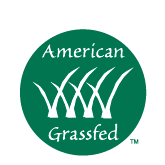A Movement Away From Soil-Damaging Conventional Agriculture
If we lose our soil, we’ve lost everything. That’s fundamental. Combating climate change must include changing conventional agricultural systems from those depleting our soil to one that regenerates it. That means moving away from our current soil-eroding, industrial farming practices and returning animals to the land in a managed way to improve soil health and sequester carbon. We have to get our soils back to where they were 200 years ago – and we can do that now.
Check out this short video on YouTube to learn more about how we can restore our precious soils. Thousand Hills Lifetime Grazed is proud of our involvement in this important educational tool.
When you order 100% grass fed meats from Thousand Hills Lifetime Grazed, you have the satisfaction not only of enjoying a delicious meal but knowing that the cattle were raised using environmentally sound management practices. In the “Regenerative Renegades” short film presented by Natural Grocers, you can find out more about the research and the collective consciousness behind the unique group of ranchers making up the “resilient, regenerative, renegade way” at Thousand Hills.
Conventional Agriculture and Soil Damage
Cattle raised conventionally damage the soil by overgrazing. Such overgrazing keeps the root systems of native plants from regenerating. The grasslands die off. Bare land, compacted by hooves, erodes soil and degrades topsoil via nutrient runoff. Conventional grazing practices create sediment, affecting water resources.
The use of mono-cropping, or planting the same crops year after year, changes the soil’s microbial balance. The good microbes die off, while the more damaging ones remain. The once-rich topsoil in the Corn Belt is dangerously depleted as a result of conventional agriculture.
In contrast, regenerative beef practices keep soil healthy and help the environment.
Regenerative Agriculture
Regenerative agriculture is sustainable agriculture. There is a myth that cattle are bad for the land. Take grazing out of agriculture, and the soil misses so many benefits. Regenerative agriculture mimics the natural grazing patterns of wild herd animals. That’s the system Mother Nature put in place for healthy soils.
How do we build soil so that it is productive as far as we can see into the future? Management is key to successful regenerative agriculture. Leave a third, eat a third, and trample a third of the land. That is the basic regenerative grazing philosophy. Cattle are rotated, spending a day or two in a particular pasture, and then moved. The land gets the chance to rest. The action of their hooves on the trampled third gently aerates the soil and stirs up seeds. Manure performs its role as a natural fertilizer. Carbon is sequestered in plant roots rather than heading into the atmosphere and exacerbating climate change.
We can improve biodiversity while also growing food. Holistic grazing revitalizes topsoil. We can gauge revitalization by looking at organic matter percentage. With a 1 single percent increase, water holding capacity of an acre increases by 20,000 acres. Tilling and planting monocultural crops causes loss of 8 to 10 tons of topsoil per year. We need more land covered with grasslands to turn around the soil depletion cycle and start regenerating soil.
There has been a trend toward fewer family farms and bigger corporate farms growing grains. There are now roughly 2 million farms in the U.S., but just over a quarter of them belong to farm families.
That’s not preserving land. How do we reward people for staying in a rural county? Regenerative agriculture can help farmers stay in the business.
It also asks a vital question. If we want to keep American agriculture, how do we want to manage our land? Do we want to dump pesticides and synthetic fertilizers products on it? Maybe we should look at those family farms that regenerate the soil we all depend on.
Contact Us
At Thousand Hills Lifetime Grazed, our Regenerative Renegade farmers are working with nature and not against it. They found not only a renewed joy in farming but a method that renews the health of the land and our Earth. Regenerative Renegades gives us a clear choice when choosing beef. Through how we spend our dollars, we can decide to continue down the dangerous road of depletion, or we can support agricultural practices that regenerate the land, combat climate change, and improve our economic vitality.


